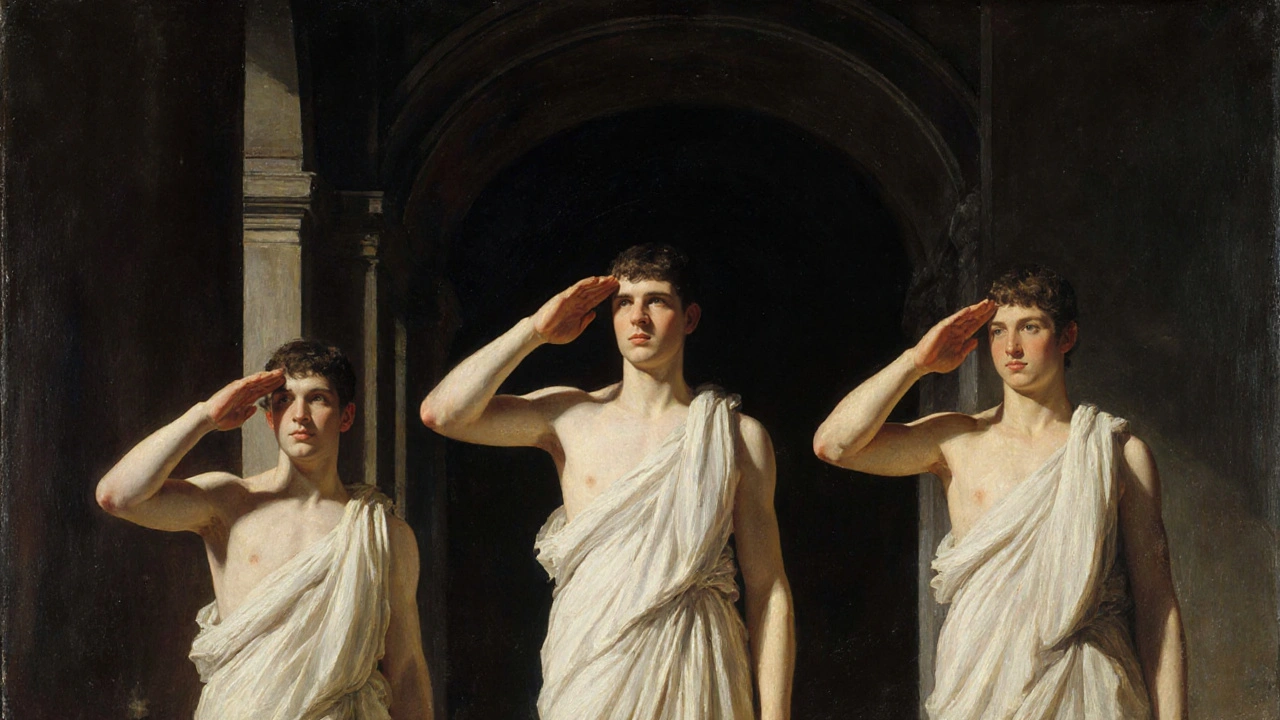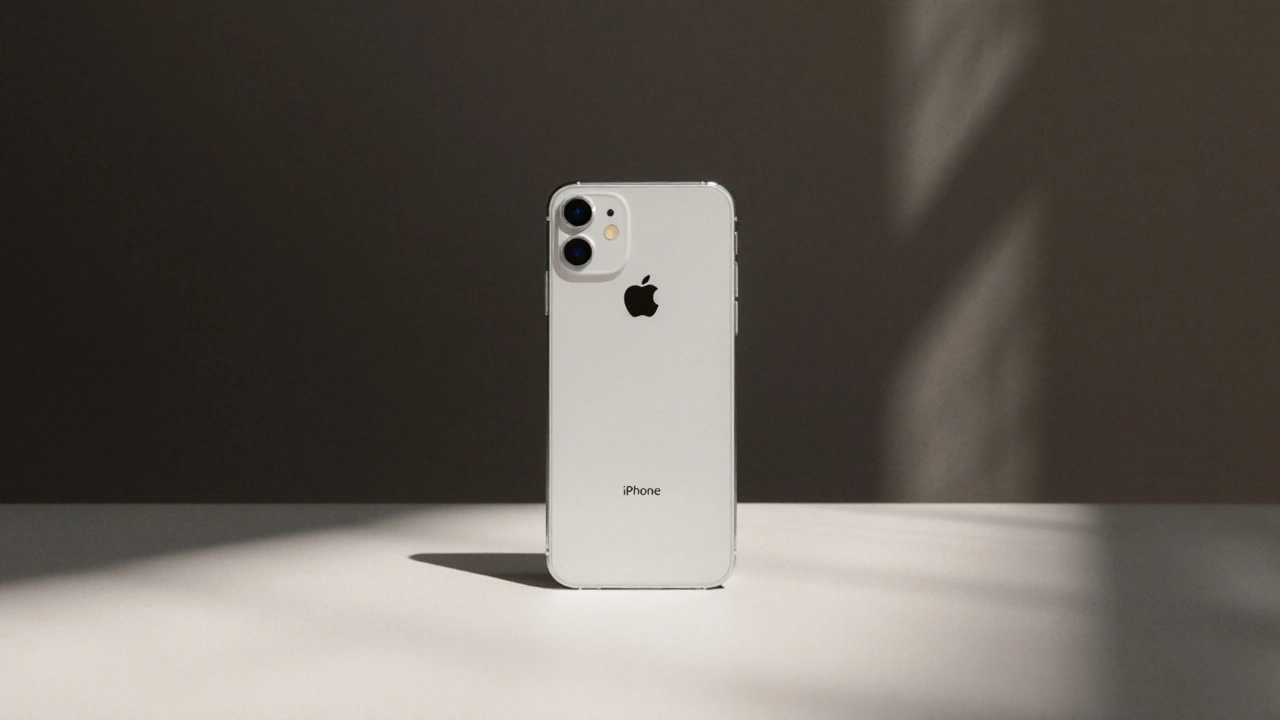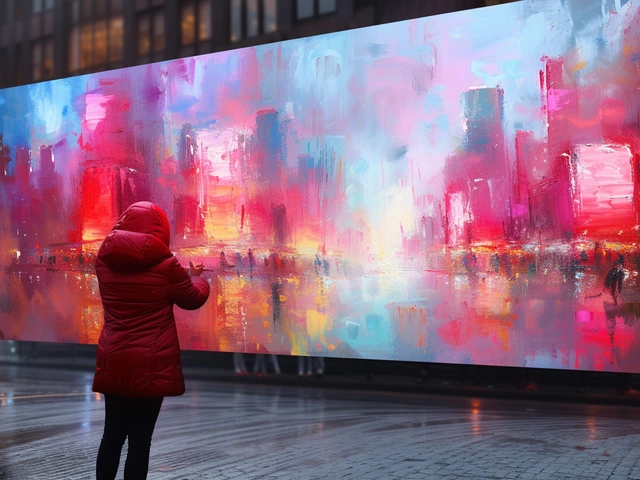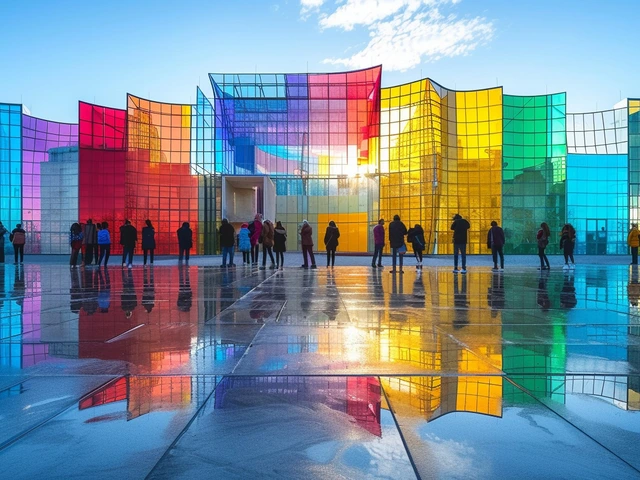Classicism Proportion Calculator
Discover the principles of classicism through proportion calculation. The ancient Greeks developed precise ratios to achieve harmony and balance in art, most famously the Canon of Polykleitos which established a 1:7 head-to-body ratio. This tool helps visualize these timeless proportions.
Calculated Proportions
The ancient Greeks believed that perfect harmony in art came from precise mathematical relationships. The Canon of Polykleitos established the 1:7 ratio as the ideal human proportion, where the head is 1/7 of the total body height. This ratio was used in works like the Doryphoros sculpture, creating figures that felt both realistic and idealized.
Classicism in Practice: In the Renaissance, artists like Leonardo da Vinci used similar ratios in works like the Vitruvian Man, showing how the human body fits perfectly within geometric shapes. This calculator helps you understand why classicism values precision and balance in art.
When you see a statue with perfect proportions, a building with clean columns, or a painting that feels calm and balanced-chances are you’re looking at classicism. It’s not just an old style. It’s a set of rules that have guided artists for over 2,500 years. From ancient Greece to modern museums, classicism isn’t about copying the past. It’s about holding onto what works: harmony, clarity, and restraint.
Where Classicism Began
Classicism didn’t start in a studio. It began on the streets of Athens around 500 BCE. Greek sculptors like Phidias and Polykleitos weren’t just making statues-they were solving a problem. How do you show the human body as both real and ideal? They studied anatomy, measured ratios, and built rules. The Canon of Polykleitos used a 1:7 ratio: head to body. That became the standard. Their sculptures didn’t scream emotion. They breathed control. Even in motion, figures like the Doryphoros felt still. That balance became the DNA of Western art.
Then came Rome. The Romans didn’t invent classicism-they copied it, improved it, and spread it. They built aqueducts, temples, and forums using Greek rules. But they added practicality. Where Greeks carved marble for gods, Romans carved it for emperors. The Augustus of Prima Porta isn’t just a portrait. It’s propaganda in marble: perfect posture, calm face, divine symbolism. Classicism wasn’t art for art’s sake. It was art for order.
The Renaissance: Classicism Comes Back to Life
By the 1400s, Europe had forgotten those rules. Medieval art was flat, symbolic, and spiritual. Then came the Renaissance. Artists in Florence and Rome dug up Roman ruins. They studied ancient texts. They didn’t just admire the past-they wanted to beat it.
Michelangelo’s David isn’t just a statue. It’s a manifesto. Every muscle, every vein, every angle follows the Greek canon. But Michelangelo added something new: inner tension. David isn’t calm. He’s ready. That’s the Renaissance twist: classicism, but alive. Leonardo da Vinci used geometry to compose his paintings. The Vitruvian Man isn’t a drawing-it’s a proof. The human body fits in a circle and a square. That’s classicism made science.
Architecture followed the same path. Brunelleschi’s dome in Florence wasn’t just big-it was math made visible. He used Roman arches, Greek proportions, and engineering to build something no one thought possible. Classicism wasn’t dead. It was being rebuilt.
Neoclassicism: When Revolution Needed Order
Fast forward to the 1700s. Europe was messy. Kings were losing power. The French Revolution was brewing. People wanted change-but not chaos. That’s when neoclassicism exploded.
Artists like Jacques-Louis David painted revolutionaries like they were ancient heroes. His Oath of the Horatii shows three brothers saluting their father. No drama. No tears. Just clean lines, sharp shadows, and moral clarity. It wasn’t history. It was a call to action. The same style showed up in buildings. The U.S. Capitol, the Panthéon in Paris, the British Museum-all built like Roman temples. Why? Because democracy needed the weight of antiquity behind it.
Neoclassicism wasn’t nostalgia. It was strategy. In a world of upheaval, classicism offered stability. It said: we’re not starting from scratch. We’re returning to what worked.

Why Classicism Still Matters Today
You might think classicism is dead. But walk through any modern city. Look at bank buildings, courthouses, universities. You’ll see columns. You’ll see symmetry. You’ll see restraint. That’s not coincidence. That’s classicism in disguise.
Even Apple’s design language owes something to it. The clean lines of the iPhone, the white space on their website, the lack of clutter-it’s all about clarity. No extra decoration. Just function and form. That’s classicism in digital form.
Modern architects like Tadao Ando use concrete to create spaces that feel like ancient temples. Minimalist painters like Agnes Martin use grids and subtle lines to evoke calm. They’re not copying Greece. They’re using the same principles: simplicity, proportion, silence.
Classicism doesn’t mean old-fashioned. It means intentional. It’s the choice to leave out noise. To focus on what lasts.
Classicism vs. Other Styles
Classicism isn’t the only way to make art. But it’s different from the rest.
Baroque art? It’s drama. Think Caravaggio’s glowing faces, Bernini’s twisting saints. It’s emotion on steroids. Classicism? It’s the quiet after the storm.
Romanticism? It’s wild nature, broken heroes, burning passion. Think Turner’s storms or Delacroix’s revolutionaries. Classicism doesn’t scream. It whispers.
Modern abstract art? It breaks rules. Pollock’s drips, Kandinsky’s shapes-no symmetry, no realism. Classicism? It’s the rulebook.
That’s why classicism often gets called cold or stiff. It’s not trying to shock. It’s trying to endure.

What Classicism Teaches Us
Classicism isn’t about perfection. It’s about discipline. It’s the idea that beauty isn’t random. It’s built. It’s measured. It’s earned.
Think about music. Mozart’s symphonies follow strict forms. But they feel effortless. That’s classicism. Think about writing. Hemingway’s short sentences. No fluff. Just truth. That’s classicism too.
In a world full of noise, classicism reminds us that restraint can be powerful. That simplicity can be deeper than spectacle. That some rules exist because they work.
You don’t need to paint like a Greek to use classicism. You just need to ask: What’s essential? What can I remove? What lasts?
Is classicism the same as ancient Greek art?
No. Classicism is the philosophy behind Greek art-balance, proportion, restraint-that later artists revived and adapted. Ancient Greek art is the origin. Classicism is the ongoing tradition that includes Roman, Renaissance, and even modern interpretations.
Why do government buildings still use classical architecture?
Because classical design connects modern institutions to ancient ideas of democracy, law, and order. Columns, pediments, and symmetry signal stability and authority. It’s not about looking old-it’s about feeling reliable.
Can classicism be used in digital design?
Absolutely. Classicism in digital design means clean layouts, balanced spacing, limited color palettes, and clear hierarchy. Apple’s interface, Google’s Material Design, and even this website’s typography follow those principles. Less clutter = more clarity.
Is classicism still taught in art schools?
Yes. Even in avant-garde programs, students study anatomy, perspective, and proportion. These aren’t outdated skills-they’re the foundation. You can’t break rules until you understand them. Classicism teaches you how to see.
What’s the difference between classicism and neoclassicism?
Classicism refers to the original principles from ancient Greece and Rome. Neoclassicism is the 18th- and early 19th-century revival of those principles, often tied to political movements like the Enlightenment and revolutions. Neoclassicism is classicism with a modern agenda.
Does classicism only apply to visual art?
No. Classicism appears in music (Mozart, Haydn), literature (Homer, Virgil, later Hemingway), architecture, and even urban planning. Any field that values order, symmetry, and restraint is using classicism.
Where to See Classicism Today
If you want to feel classicism, don’t just read about it. Go see it.
- In Brisbane, visit the Queensland Art Gallery. Their collection includes 18th-century neoclassical works and modern pieces that echo classical balance.
- Walk through the Sydney Opera House. While it’s modern, the way the shells frame space follows classical ideas of rhythm and proportion.
- Check out the National Gallery of Victoria in Melbourne. Their Greek and Roman collection shows the roots. Their contemporary wing shows how those ideas live on.
- Even your local library or courthouse-look at the columns, the symmetry, the lack of decoration. That’s classicism in everyday life.
Classicism isn’t locked in museums. It’s in the quiet confidence of a well-made chair, the clean line of a smartphone screen, the calm of a well-lit room. It’s not about the past. It’s about what stays.




